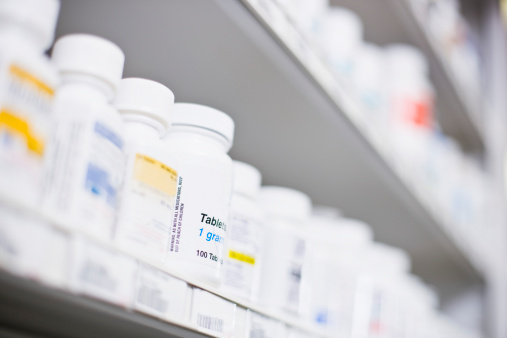The past, present, and future of nanomedicine

Each year, nearly $18 billion is spent on nanomedicine research. But since the field’s inception more than a decade ago, little of that research, though promising, has been successfully translated into commercial products.
Last weekend, more than 150 students, researchers, and industry experts from around the world convened to discuss the challenges accounting for this fact, strategies for overcoming it, and a few success stories. The first annual International Translational Nanomedicine Conference was hosted by Northeastern and sponsored by the International Journal of Nanomedicine. Plans are underway for the second annual conference, which would be held at Northeastern next summer.
“The conference reinforced the fact that nanomedicine research is still incredibly active and ripe for forming products,” said event organizer Thomas Webster, professor and chair of the Department of Chemical Engineering.
The toxicity of nanoparticles has remained inconclusive, Webster said, providing perhaps the most significant roadblock to bringing nanomedical research advances to the market. But through diligent investigations, researchers are beginning to chip away at that barrier.
Webster, the founding editor of IJN, presented the journal’s annual Young Investigator award to Carlos Rinaldi of the University of Florida, whose acceptance speech challenged the current paradigm that heat delivered by magnetic nanoparticles is only effective at killing cancer cells above a certain temperature.
Rinaldi showed that heat may not be the only factor by creating nanoparticles that don’t surpass that temperature threshold but still kill cancer cells effectively. He said the particles’ mechanical actions seem to be the actual culprit.
In his IJN Editor’s Plenary Talk, Webster discussed his own group’s use of heat or other energy sources to control bacterial infections in implants. Their results demonstrate the particles are effective but the underlying mechanisms remain a mystery.
“If we don’t even understand the mechanism of how things are working, how are we going to convince the FDA to insert our materials,” said Webster. His team is already making plans to test Rinaldi’s mechanism in the killing action of nanoparticles on bacterial cells.
Another of the conference’s presentations focused on the work of a consortium of South Korean researchers who are examining nanoparticle toxicity using what Webster described as the most translational approach to date. The group’s studies found little health effects following exposure to commercial nanomedicine products at clinically relevant doses. Webster noted that though the work still requires more research, it holds significant promise for the field.
If the toxicity question can be answered, treatments like the one presented by Mansoor Amiji, Distinguished Professor and Chair of the Department of Pharmaceutical Sciences, may be within reach. His team presented a new nanoparticle delivery system for bringing rheumatoid arthritis drugs directly to the affected cells. The results were astounding, he explained, restoring unhindered joint mobility to animal test subjects that had been incapable of walking.
Other members of the Northeastern community who spoke at the conference included Edgar Goluch, an assistant professor of chemical engineering, and Sri Sridhar, Distinguished Professor of Physics and director of the university’s IGERT Nanomedicine Science and Technology program. Sridhar proposed the idea of a global nanomedicine academy, sparking conversations about the field and its researchers’ collective future. Goluch discussed his team’s lab-on-a-chip platform for identifying bacteria at extremely low concentrations.
